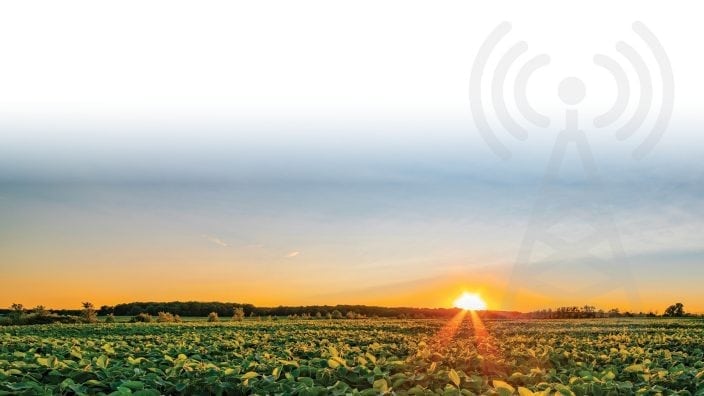Applications for Ohio Farm Bureau Health Plans now available
Members have three ways to apply: contacting a certified agent, calling 833-468-4280 or visiting ohiofarmbureauhealthplans.org.
Read MoreIn 1925, only 205,000 of 6.3 million U.S. farms were served by electric utilities of cooperatives. It was another 10 years before the federal Rural Electrification Administration was established to provide farmers and other rural residents with services that had been commonplace for decades in the homes of their urban counterparts.
Today, 20 years after home connections to the internet became a virtual necessity, 29 percent of U.S. farms and 39 percent of U.S. rural households lack high-speed connections. In Ohio, almost one-third of rural households lack a reliable broadband connection, compared to 2 percent of urban households.
Josh Yoder, president of Champaign County Farm Bureau, said a consistent connection is more important to farmers than ever before.
“Since the iPhone came out, the world has done a 180,” Yoder said. Everything has turned around and become more fast-paced. The modern farmer needs precision in terms of agronomy and economy — needs to be aware of soil characteristics in every field and changes in markets halfway around the world.
“You need to know to the penny and to the tenth of an acre where you’re at,” he said. And that kind of precision is not possible if the high-speed internet connection is spotty.
Many farmers need fast internet access to analyze data about soil, moisture and weather to make in-the-field decisions about seeding and fertilizer rates. Dairy farmers with robotic systems can monitor their cows even when they’re away from the barn.
There’s a case to be made that consistent rural broadband connection is even more important to farmers and rural residents today than electricity was to farmers a century ago. This is not about access to cat videos. This is about education, marketing, economic development and health.
There’s movement in the Ohio House and Senate, as well as the U.S. House and Senate, to allocate funds for improved rural broadband service. But partisanship at the federal level and election-year politics at both the state and national levels could slow things down.
“I’m pretty confident that something will get done” in Ohio this year, said Tony Seegers, Ohio Farm Bureau director of state policy. He’s not sure which of two House bills will be taken up by the Senate, but doesn’t expect a final vote until November or December, after the Nov. 8 election. House Bill 378, sponsored by House Speaker Ryan Smith, would direct $50 million toward better rural broadband connections in Ohio. Rep. Rick Carfagna’s proposal, House Bill 281, passed the House in January and is much more modest – directing $2 million to broadband.
A separate bill — dealing with phosphorus reduction in the Western Lake Erie Basin — included a $2 million amendment for broadband mapping when the Ohio Senate passed it in late June.
At the federal level, the House and Senate passed farm bills in June that include aid for rural broadband, but are widely divergent on other issues that need to be reconciled.
Jack Irvin, Ohio Farm Bureau’s senior director for state and national affairs, said no single bill is likely to fully address the problem. “There’s no one answer, but any solution helps get the mission accomplished in the long run,” he said. “Whenever you talk infrastructure, it’s never quick.”
In fact, there are four different types of broadband infrastructure: DSL (digital subscriber line) through telephone wires; cable, through the lines of TV providers; fiber optic, which is the fastest option, but not yet widely available; and satellite.
Some farmers use a mix. Yoder has satellite service in his home. But in the fields, or in his grain-hauling business, he relies on his smartphone. The mix of different services, combined with regulations on providers, he said, complicates matters.
“With all the regulations, we’ll have service at one place and not the other. We need to have every cell phone in America, so that it all works everywhere,” he said. “What are we paying for? We need more towers, more satellites, whatever the case may be.”
It’s an odd irony. In a way, today’s farmers are closer than ever to markets around the world, but often far from the technology they need.
“You’ve got to look at your markets and know what’s going on, know what the oil prices are,” Yoder said. “Higher crude follows the corn markets, the grain markets. Weather has a lot to do with it — ours and abroad.”
Farmers are more global because they need to be.
“You have to have that at your fingertips at all times,” Yoder said. ”If I’m trying to sell some grain, and I can’t get on my iPhone and see exactly what the markets are doing, I miss out.”


Members have three ways to apply: contacting a certified agent, calling 833-468-4280 or visiting ohiofarmbureauhealthplans.org.
Read More

For Ohio and PJM region, the outlook is reassuring—ample reserves and strong planning should keep the power on.
Read More

The average price for a classic holiday feast for 10 in Ohio will cost $55.87.
Read More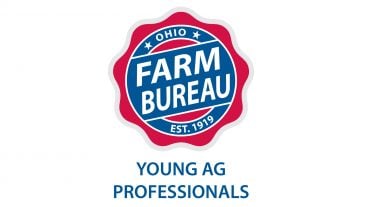

Meet the four new members of Ohio Farm Bureau’s Young Ag Professionals State Committee.
Read More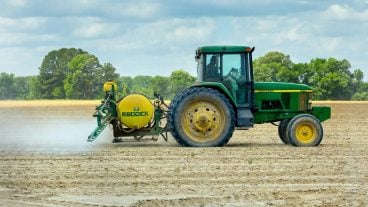
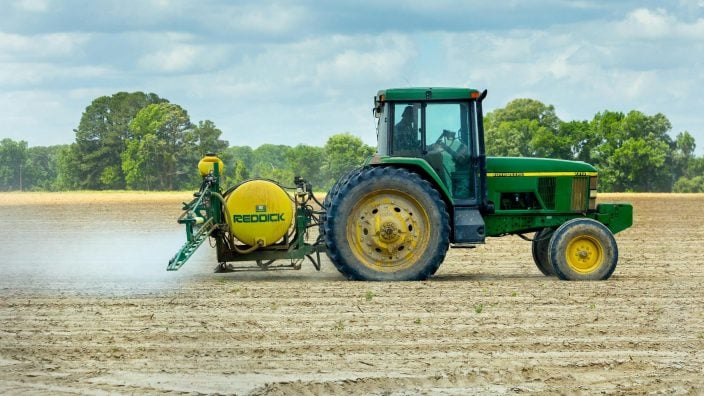
HB 10 ensures transparency around how imitation meat is labeled, along with restoring needed flexibility around the application of crop protection tools.
Read More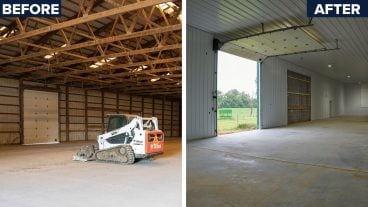
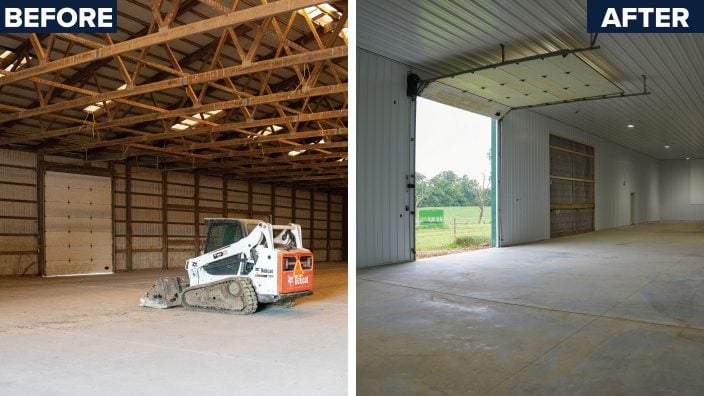
FBi Buildings has been delivering exceptional post-frame construction solutions for 65+ years, earning the trust of satisfied customers throughout the Midwest.
Read More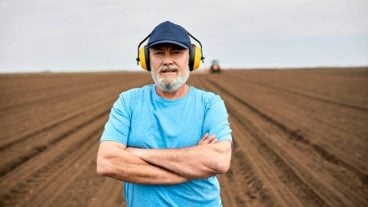
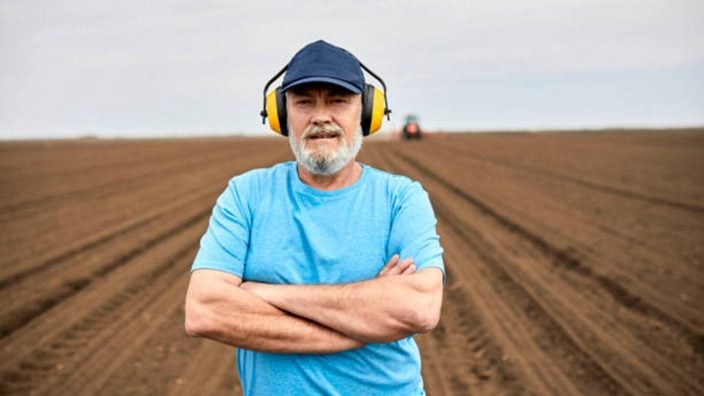
Ohio BWC industrial hygienists, safety consultants, and ergonomists can visit your farm, help spot risks, and suggest improvements that make a real difference.
Read More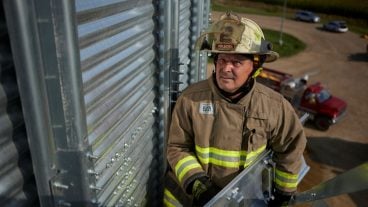
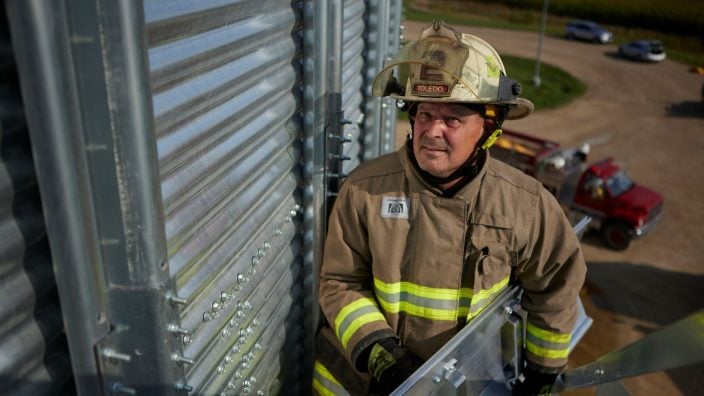
Nationwide’s Grain Bin Safety campaign expands its reach, delivering grain rescue tubes and training to 62 fire departments in 2025.
Read More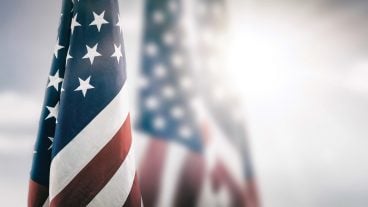

Urge President Trump and Congress to act before the end of 2025 to provide immediate relief and long-term stability for America’s farmers and ranchers.
Read More
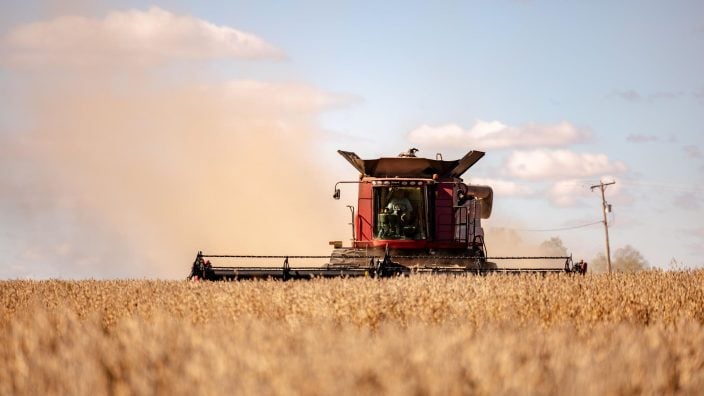
Meet Marion County Farm Bureau member Clayton Lust, a third-generation grain farmer and Beck’s Hybrids dealer, and Kelsey Bezdek, a first-generation livestock farmer and Lake County Farm Bureau member.
Read More